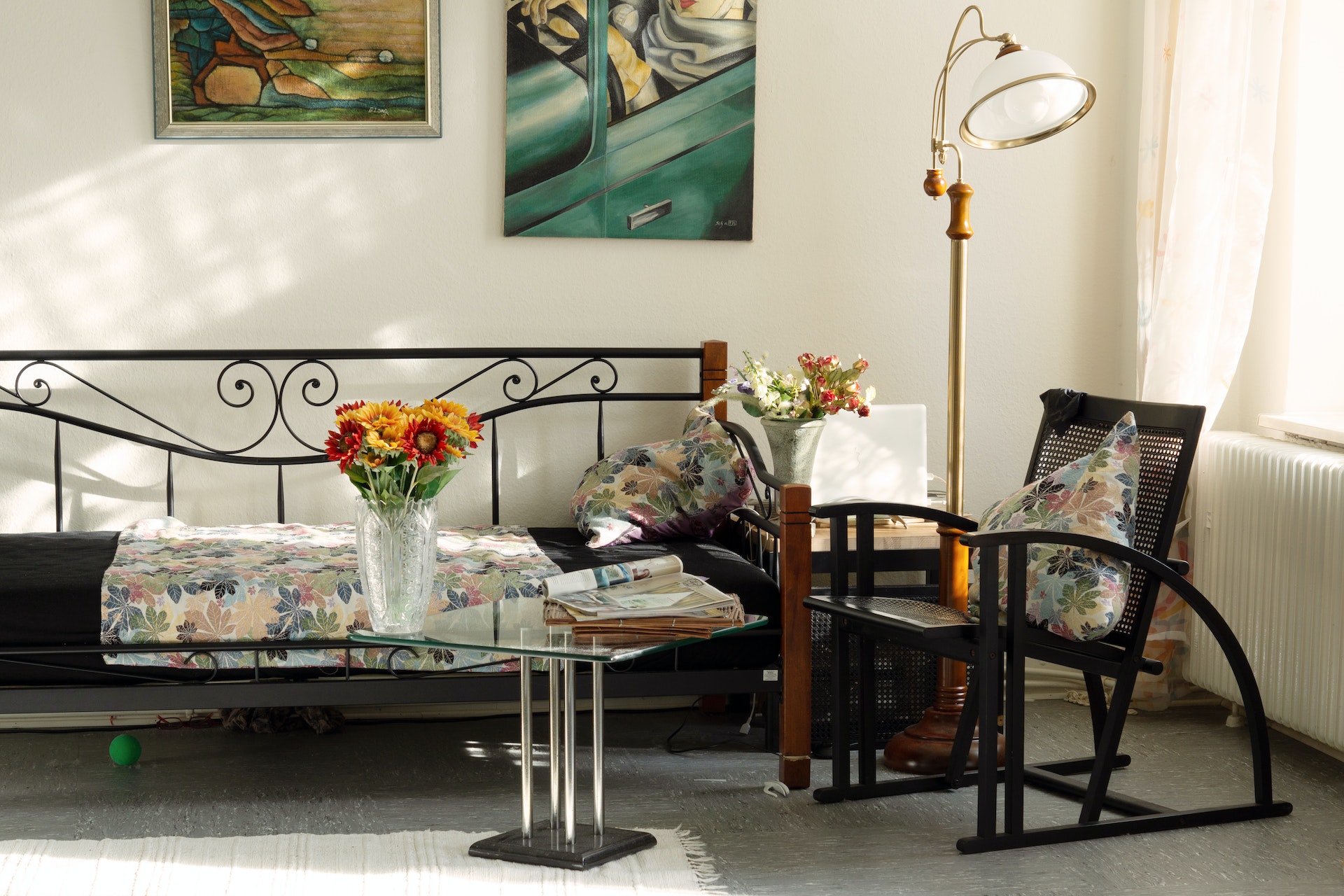Just about anybody can put a handful of flowers into a vase, but the art of flower arranging requires a bit more thought and technique. Creating a beautiful centerpiece and making sure that flowers maintain their freshness and colors requires a bit of planning and careful preparation. That said, it is easy to learn how to properly arrange flowers in a vase and make it look like a professional did it.
Flower arranging can be both simple and fun once you learn the basics. The tips on creating and maintaining beautiful flower arrangements provided here come straight from the experts. The following is a step-by-step guide to arranging flowers that’s guaranteed to help you put together and display lovely bouquets.
Step 1: Pick a Flower Arrangement Design
Picking a color scheme prior to shopping for flowers is one way to guide your arrangement. Then, when it comes to actually buying the flowers, you will know that you are picking colors that will work together perfectly.
Monochromatic schemes that show the variety of different hues of similar color can be striking. To achieve a high-impact floral design, use complementary colors that pop against each other.
You can obviously be methodical about the color scheme, but it’s virtually impossible to go wrong when pairing flowers. Ideally, select flowers based on what is blooming in your garden currently or what is available in the local market. The secret is to be open-minded and see exactly what you’re drawn to.
If you are too specific in your search, you may end up not looking at other equally beautiful options. Pick your favorites with different sizes, shapes, and growth patterns, and see how you can make them come together.
Step 2: Cut and Prepare the Flowers
You might be tempted to start arranging your flowers as soon as you arrive home. However, there are some key steps you should take to prepare the flowers and ensure that they last longer.
First, remove any damaged petals and extra leaves from the stems. Cut off any unwanted buds that are found on the same stem as a full flower. Once you have cleaned up the stems, make a new diagonal cut to the bottom of the stems. The trimmed stems should then be put into a bucket of water or vase containing cut flower food.
Step 3: Find a Vessel
When choosing a container or vase for your arrangement, it’s important to consider the type of flowers you are using. Tulips usually require the support of a straight-sided vase, for instance, while top-heavy flowers or tall branches may require a weighted vessel. There’s a wide selection of vases available, so check out these unique vases for flowers and make a choice.
Besides traditional vases, you can use woven baskets to house your flower arrangements to add natural texture. To keep your flowers in place and hold water, line the basket with a plastic container. If necessary, you can fill in with moss around the container to disguise it inside the basket.
Step 4: Prepare the Flower Vase
Keep in mind that the most important flower arrangement technique does not actually involve the flowers. Instead, it is all about the vessel in which they are housed. If your flowers lack a sturdy foundation, they will likely not stay in place and your arrangement will simply fall apart.
To ensure that the flowers stay in place, you should create a grid of floral tape over the mouth of the vase. Next, stick the stems through the holes of the grid that you have made to keep them in place. Alternatively, you can buy a floral frog, which is a vessel insert with pins where you can stick stems into. You can also make a DIY floral frog using a small piece of chicken wire that’s bent into a ball.
Step 5: Use Greenery to Create a Base
Starting with greenery as a base is perhaps the best way to arrange flowers. Ivy, eucalyptus, and fern fronds are all excellent options when it comes to greenery. Create an inverted triangular shape using the stems of the greenery. This will guarantee that your arrangement has both a vertical and horizontal presence. You should also not forget to recut the stems before you add them to the vase.
Step 6: Add Focal Flowers
Focal flowers are usually those with an unusual texture or color or the largest blooms. You need to ensure that you add in odd numbers to achieve a more natural look. Avoid placing the focal flowers so they are sticking straight out on the sides: they will appear heavy and droopy as opposed to perky and strong. If you place the vase on your lazy Susan, you will see all sides without the need to move the vase.
Step 7: Add Filler Flowers
Don’t forget to add textural elements and smaller flowers in your arrangement to fill around the focal flowers. Again, you should avoid placing all your supporting flowers straight up or to the sides. Instead, you should think of the shape of the arrangement as a dome, and you need to fill in all the angles of that dome to ensure that it looks complete. Create clustering by combining smaller flowers in groups of 3 or 5, similar to what happens in nature.
